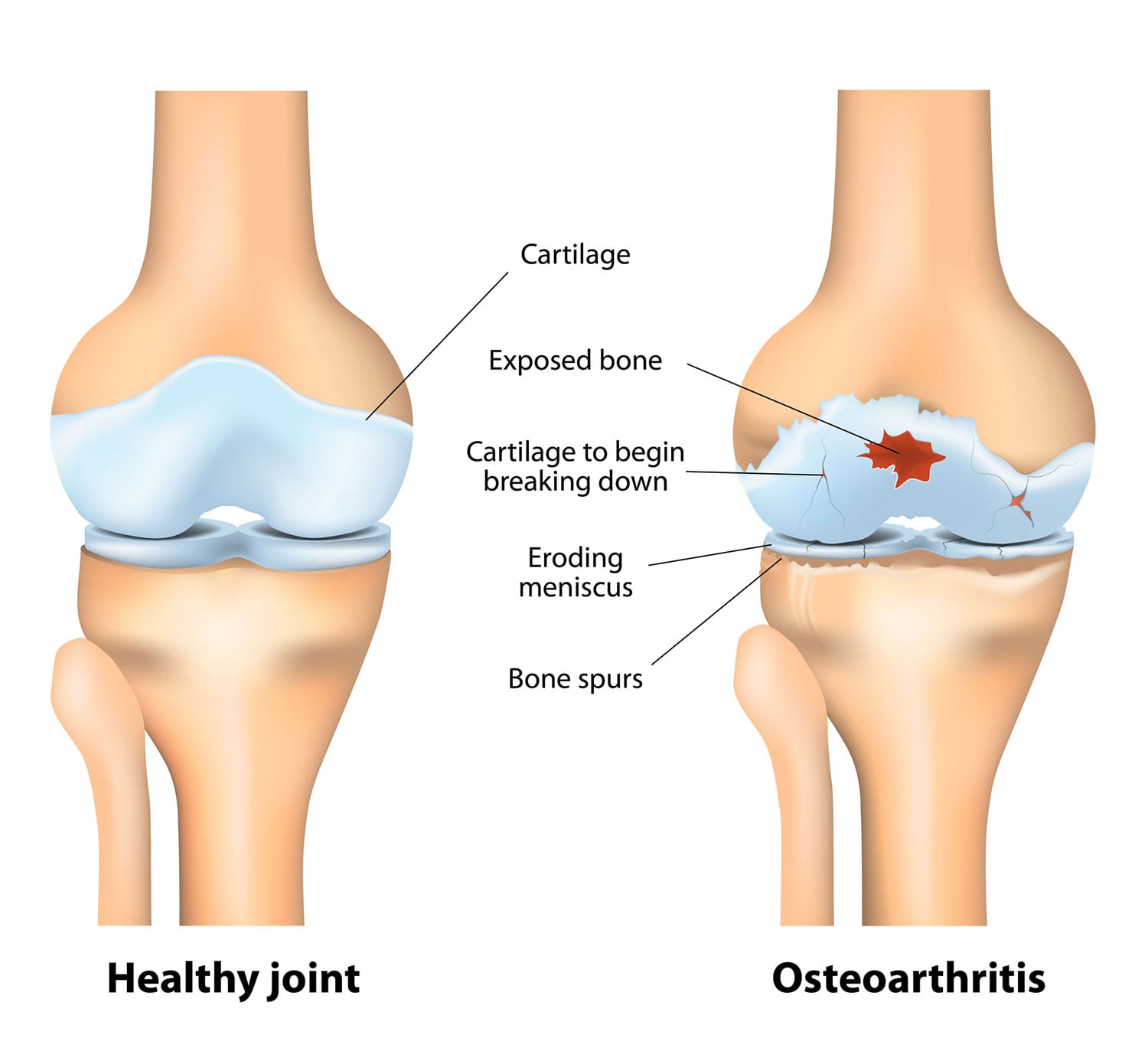
Osteoarthritis, also known as wear-and-tear arthritis, degenerative arthritis, or degenerative joint disease, is the most prevalent type of chronic joint condition. It typically occurs at the junction where two bones meet, and it can lead to various symptoms, such as pain, stiffness, and others, as per Healthline, a health platform.
According to the Nigerian Orthopaedic Association, approximately 1.5 million people in Nigeria suffer from Osteoarthritis, although it's uncertain how access to healthcare services affects current estimates, and whether the prevalence differs by age, time of diagnosis, and individual factors. Factors like insufficient healthcare resources and limited clinical expertise may impede access to diagnostic services, resulting in significant variation in the prevalence of various forms of arthritis.
Africa has calculated the prevalence of six different types of arthritis, including rheumatoid arthritis, osteoarthritis, juvenile arthritis, psoriatic arthritis, gout, and ankylosing spondylitis.
Ibanga was diagnosed with knee degenerative disease, also known as osteoarthritis, which had already spread throughout his knee, causing it to deteriorate, according to Temitope Alonge, a renowned professor of orthopaedic and trauma who was the Chief Medical Director of UCH at the time. Below are five essential facts about Osteoarthritis and its treatment based on information gathered from the Healthline website.
1. Osteoarthritis primarily affects the hands, fingers, shoulders, spine (usually the neck or lower back), hips, and knees.
2. It can lead to disability, joint deformity, obesity, and poor posture.
3. The most common symptoms of the condition include joint pain, stiffness, reduced joint mobility, tenderness or discomfort when applying pressure to the affected areas, inflammation, crepitus (a grating or crackling sensation), clicking or popping sounds during joint movement, and bone spurs (additional bony growths that are generally painless)."
4. Osteoarthritis is a progressive condition that has five stages, numbered from 0 to 4. The initial stage (0) indicates a healthy joint, while stage 4 indicates severe OA. However, not all individuals with OA will advance to the final stage.
5. The treatment of OA primarily focuses on alleviating the symptoms. The optimal treatment approach depends largely on the severity and location of the symptoms."









Leave a comment